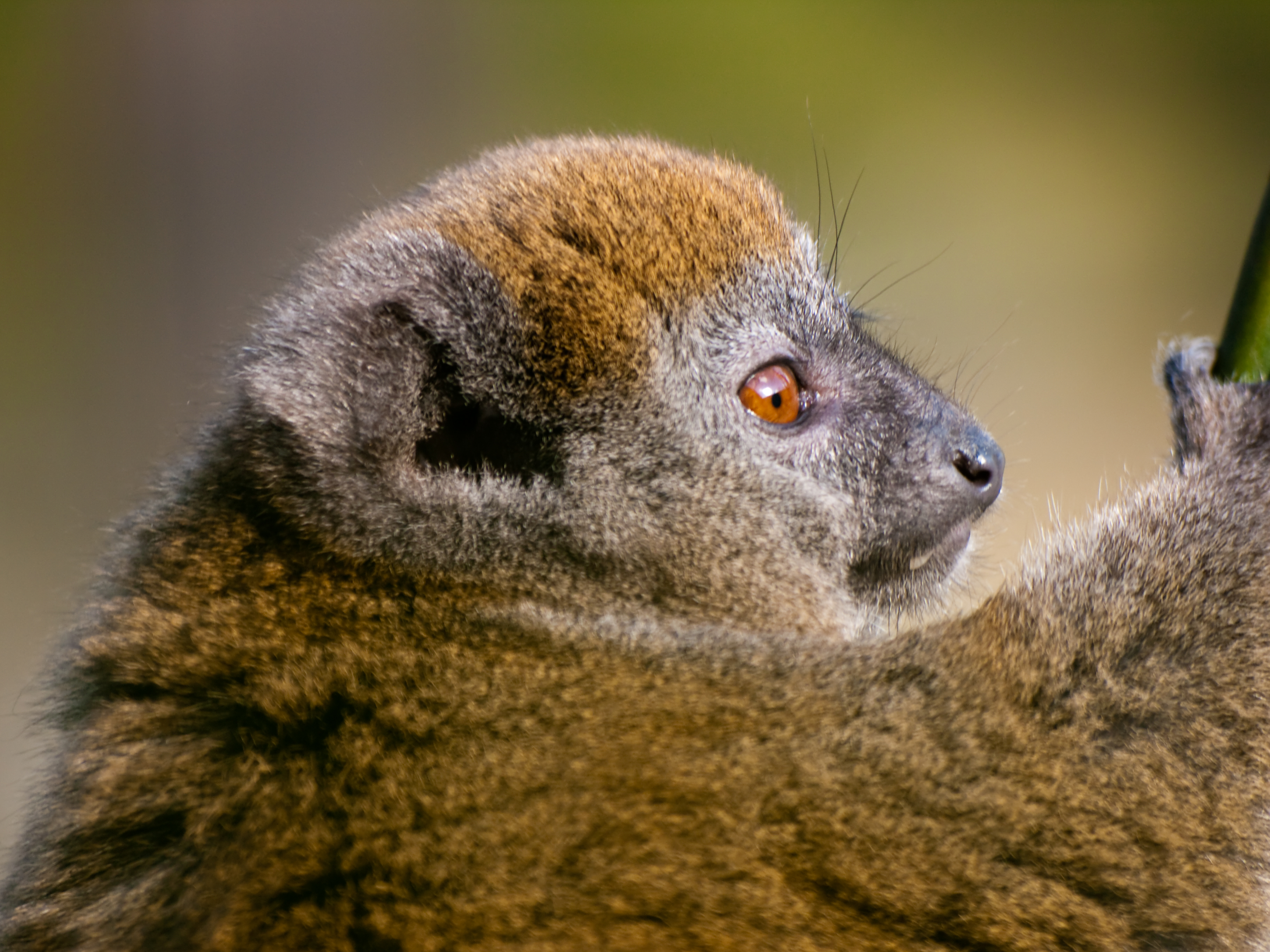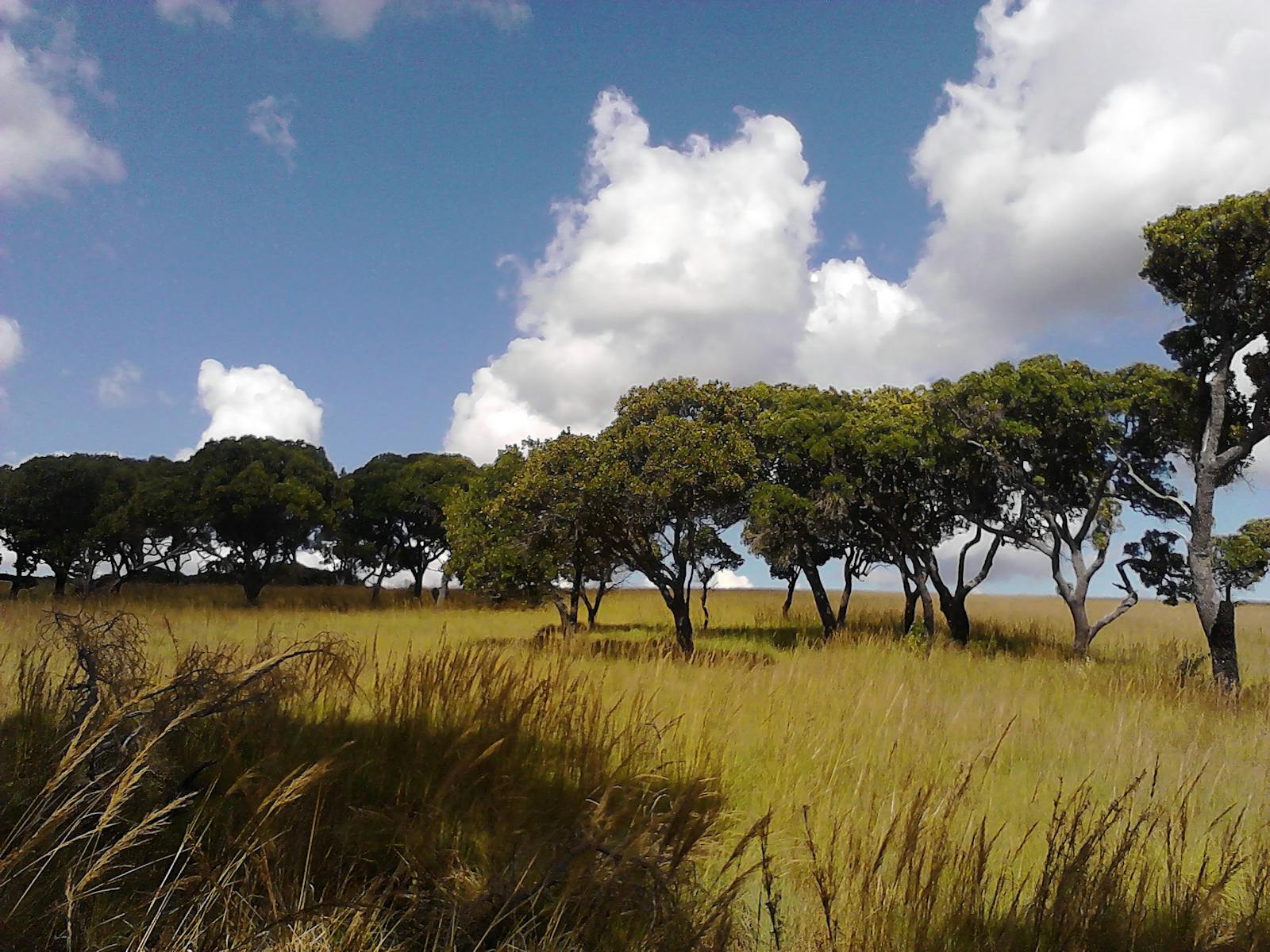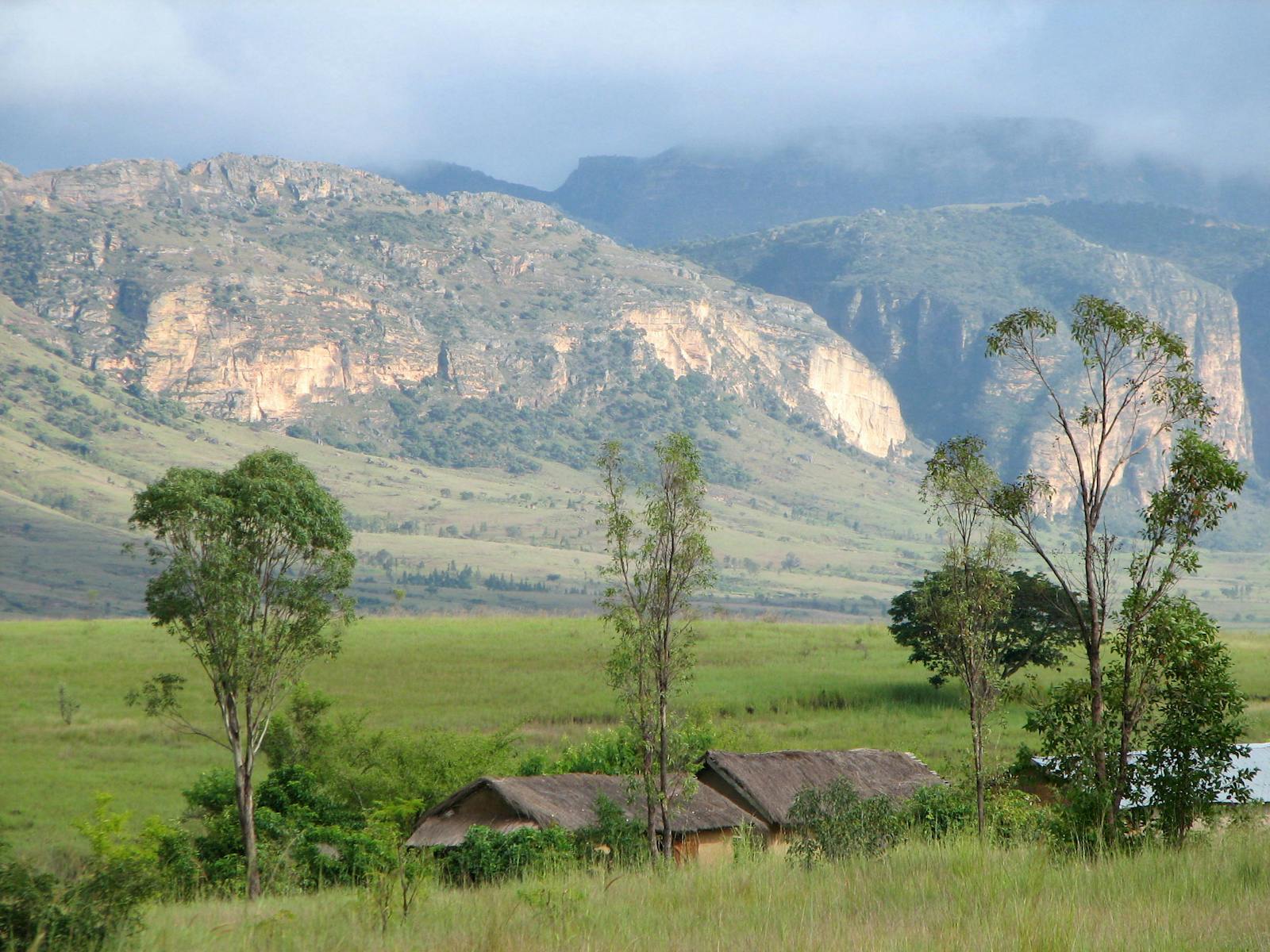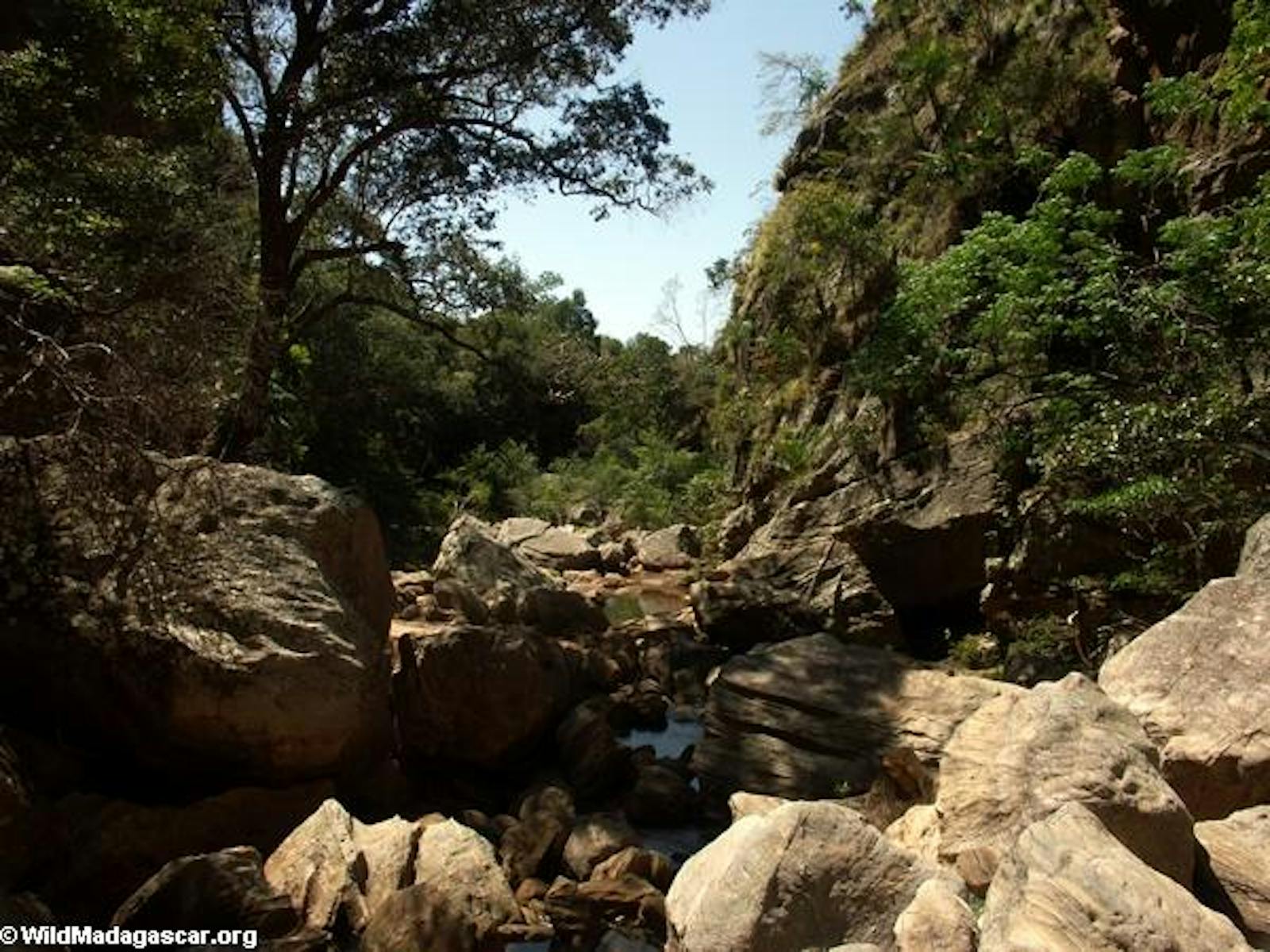Madagascar Subhumid Forests
The ecoregion’s land area is provided in units of 1,000 hectares. The protection goal is the Global Safety Net (GSN1) area for the given ecoregion. The protection level indicates the percentage of the GSN goal that is currently protected on a scale of 0-10.
Bioregion: Madagascar Island (AT6)
Realm: Afrotropics
Ecoregion Size (1000 ha):
20,002
Ecoregion ID:
18
Conservation Target:
18%
Protection Level:
3
States: Madagascar
The papyrus and reed beds surrounding Lac Alaotra, Madagascar’s largest lake, is the only home to the critically endangered and endemic Alaotran gentle lemus. Supporting these habitats, the Madagascar Subhumid Forests remain today as scattered patches within a sea of anthropogenic grasslands and agriculture. It was once home to a remarkable array of endemic species, including several species of elephant birds, which were the world’s largest bird species, a giant tortoise, and several species of lemurs, some larger than female gorillas. All of these species have become extinct since the arrival of humans on the island.

The flagship species of the Madagascar Subhumid Forests ecoregion is the Alaotran gentle lemur. Image credit: Creative Commons
The ecoregion is located in the highlands of Madagascar in between the humid forests at the crest of the eastern escarpment and the dry deciduous forests on the western boundary. At higher elevations (generally above 1,800 to 2,000 m) the ecoregion is replaced by ericoid thickets. Although situated within the tropics, the climate is closer to temperate because of the altitude of the ecoregion. Temperatures at higher elevations are between 15° and 25°C. The cool, dry season occurs between July and September and a warmer wet season occurs during the rest of the year. Average rainfall is approximately 1,500 mm per year, although it may total as much as 2,000 mm in the Sambirano area in the northwest and as little as 600 mm in the southwest. The ecoregion also contains a number of wetland areas, lakes, sclerophyllous forest, and “tapia” forest. Several species of Eucalyptus and Acacia trees have also been introduced and are now the most common trees in the highlands.
The central plateau was once home to a remarkable array of endemic species. Today most natural vegetation cover has been destroyed and species are restricted to tiny pockets of habitat. Numerous extant mammals are endemic to this ecoregion. These include the Alaotran gentle lemur, two other species of bamboo lemurs, and a number of shrews, tenrecs, and rodents, such as the Malagasy mountain mouse.
Two endemic bird species are found in the wetlands of this ecoregion, and others are confined to the subhumid forests or shared with other Madagascar ecoregions. Other endemics include yellow-browed oxylabes, the brown emu-tail, and Appert’s greenbul. Bird species in this ecoregion that are limited to marshland habitats on Madagascar include the slender-billed flufftail, Madagascar snipe, and Madagascar rail.
Many species of chameleon only occur in this ecoregion, including Calumma oshaughnessyi ambreensis, Tsaratanana chameleon, and Petter’s chameleon. Lake Alaotra is an important wetland that previously supported the now extinct Alaotra little grebe and currently supports the Critically Endangered endemic Madagascar pochard. The lake is also home to the Critically Endangered endemic primate subspecies, the Lac Alaotra gentle lemur, where its marshland habitat is highly threatened by annual fires.
The remaining natural habitats of the central highlands are extremely fragmented except for the zone spanning its eastern edge and the upper portion of the eastern escarpment. Some habitat is protected within Special Reserves: Ambohijanahary, Ambohitantely, Marotandrano, and Kalambatritra. Other protected areas include Tsaratanana Strict Nature Reserve, Andringitra National Park, and Le Lac Alaotra Ramsar Site. However, the degree to which the protected areas can maintain and manage the integrity of these habitats varies on the level of personnel training, availability of resources and the presence of clear management plans.
The remaining patches of forest and woodlands of the central highlands face continuous and intensive pressure from encroaching agriculture, increasing exploitation by growing human populations, and fire. Introduced plants and animals are affecting the integrity of habitats. The wetland areas on the central highlands are threatened by conversion to rice farming, siltation, and pollution. Most marshlands and wetlands of Madagascar have already been degraded or converted to rice cultivation. A few relatively undisturbed areas remain, including the marshlands and associated forest of the Torotorofotsy area near Andasibe. Many of these marshlands still tend to be polluted with runoff from surrounding agricultural lands. A growing threat is from industrial mining of mineral deposits.
The priority conservation actions for the next decade will be to: 1) establish new protected areas in the vicinity to allow ecological connectivity with existing protected landscapes and install visible border boundaries to prevent the expansion of agricultural land; 2) restore and manage native forest; and 3) strengthen sustainable financing mechanisms for the protected area network with focus on tourism and international carbon markets.
Citations
1. Lammers, P.L., Richter, T., Lux, M., Ratsimbazafy, J. and Mantilla-Contreras, J. 2017. The challenges of community-based conservation in developing countries— A case study from Lake Alaotra, Madagascar. Journal for Nature Conservation. 40, pp.100-112.
2. Schwitzer, C., Mittermeier, R.A., Rylands, A.B., Chiozza, F., Williamson, E.A., Macfie, E.J., Wallis, J. and Cotton, A. (eds.). 2017. Primates in Peril: The World’s 25 Most Endangered Primates 2016–2018. IUCN SSC Primate Specialist Group (PSG), International Primatological Society (IPS), Conservation International (CI), and Bristol Zoological Society, Arlington, VA. 99 pp.
3. The World Bank. 2013. Madagascar Country Environmental Analysis (CEA): Taking Stock and Moving Forward. [Online]. [Accessed 31 January 2018]. Available from: http://documents.worldbank.org/curated/en/599641468054534317/pdf/779930WP0MDG0C00Box377320B00PUBLIC0.pdf






